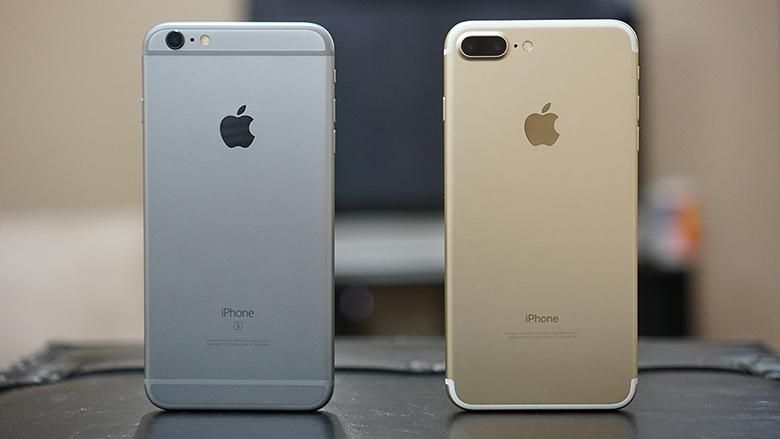President of Sharp and senior Foxconn executive Tai Jeng-wu mentioned to students at his alma mater recently that he would be interested in building factories in the US if it meant keeping Apple happy.
Fast forward past the most surprising election of Donald Trump to the nation’s presidency. The looming specter of his trade policy — with a potential tariffs war with China and his desire to see Apple “build its damn computers” at home — may have convinced Infinite Loop to bite.
If what the Nikkei Asian Review is reporting from its sources is true, then we may have come to a point where the price for manufacturing the iPhone in the US has become right for all parties involved. But Apple’s request to its two major Taiwanese contractors that assemble the iPhone, Foxconn and Pegatron, to consider and blueprint a move to the US was reportedly made back in June.
“Foxconn complied, while Pegatron declined to formulate such a plan due to cost concerns,” one source claimed.
Apple’s biggest semiconductor partner, TSMC, is also said to be considering US plans.
Lax labor regulations in China have meant that many industrial companies have set up in the mainland in order to employ thousands while keeping costs down. The iPhone 7 is purported to have a $225 bill of materials.
Of concern with the move is the slack period required to build up the infrastructure needed before iPhone manufacturing operations can begin in the US and whether a President Trump will swing for a campaign promise of putting an all-imports tariff on China of 45 percent.
Apple CEO Tim Cook also mentioned in a CBS News 60 Minutes interview that the US does not have enough skilled nor interested workers for the company to tap into for tedious, on-your-feet assembly line jobs these days. With other US labor, economic and land development regulations in place, the cost to make an iPhone could, at the very least, double in the short term.
Whether the “Made in China” ink stays or goes, all of this could mean that the $649 iPhone may be no more — shipping components, parts and finished products back and forth across the Pacific may prove too heavy a burden for Apple to maintain its current base price level. The knock-on effect when exporting the iPhone to other countries could further dampen demand for what can arguably be considered the world’s most in-demand single smartphone. And here we are, worried about how the iPhone 8 might look like.
The colloquial Big Mac price index may soon be replaced with the iPhone price index and it may be the one gauge the political impact on global consumer spending.

